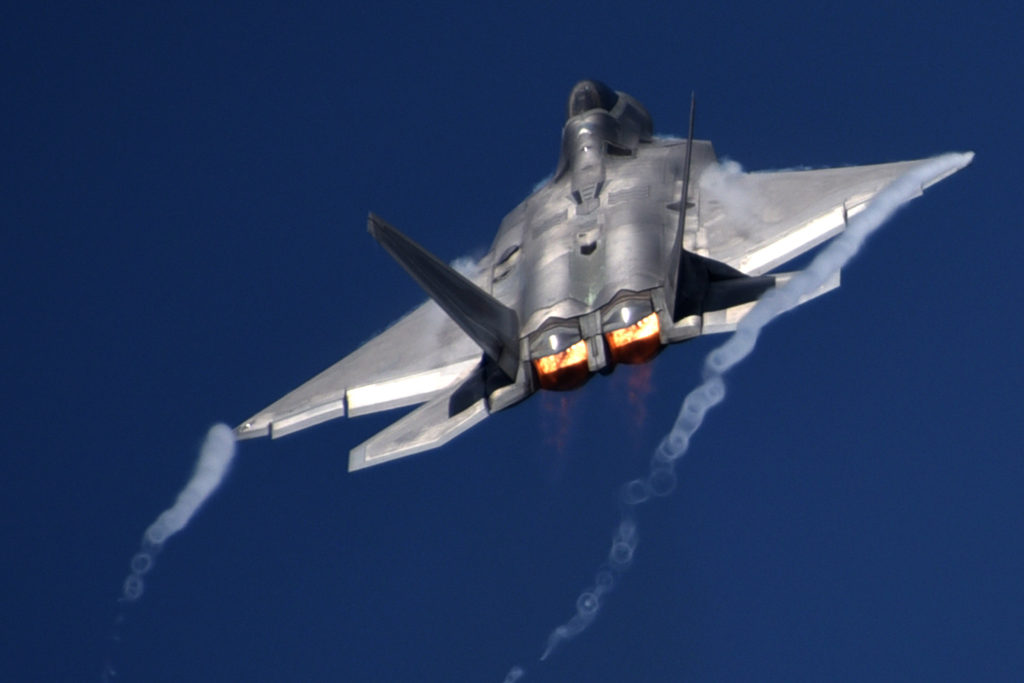US Air Force (USAF) Gen. Charles Q. Brown Jr. revealed that the F-22 fighter is not part of the service’s long-term plan, according to a report by Air Force Magazine.
Speaking during a recent conference, the USAF chief of staff stated that the air force’s current fleet of seven aircraft needs to be pared down to “four… plus one.”
The mix will include the A-10 “for a while”; the Next-Generation Air Dominance system; the F-35, “which will be the cornerstone” of the fleet; the F-15EX; and the F-16 or its successor.
Apart from the F-22, Boeing’s F-15E was also missing from the pared-down list of aircraft to remain in service, the outlet observed.
Internal Study to Shed Light on Phase-Out
Clarifying Brown’s remarks, USAF spokeswoman Ann Stefanek insisted that there’s no plan to retire the aircraft in the “near-term,” explaining that “how and when the F-22 will retire will depend on the outcome of the TacAir study.”
The tactical aviation study Stefanek referred to was launched earlier this year to “seek a force mix that addresses both near- and long-term requirements,” according to Brown, adding that its findings should be ready ahead of the 2023 fiscal budget.
Also at the conference, deputy chief of staff for plans and programs Lt. Gen. David S. Nahom further explained that a reduction in the number of aircraft is essential to bring down “excessive costs of maintaining so many logistics trains for them all.”
NGAD for ‘Growing Chinese Threat’
Meanwhile, Lt. Gen. Clinton S. Hinote attempted to put a timeframe to the possible downsizing and eventual elimination of the F-22, saying that the aircraft will begin to phase-out “in about 2030,” Air Force Magazine reported last week.
He qualified this timeline, however, as “situation-dependent.”
The air force is planning to transition from the F-22 to the Next Generation Air Dominance (NGAD) fighter, which he said will be needed “soon” to take on the growing threat of Chinese stealth aircraft and missiles that is “closer than we think.”
F-22’s Update Limitations
Hinote said that the F-22 has received “updates” and will continue to receive upgrades of “mostly sensors.”
The F-22 “has its limitations and we can’t modernize our way out of the [air superiority] problem with just using an updated F-22,” Hinote elaborated.
The general discarded the possibility of giving an extension to the F-22 as a hedge against uncertainty in the developmental time-frame of the NGAD, asserting that the aircraft is making “swift progress.”
“I was surprised at how well it’s doing,” he added. “We still have to make it real, and there’s a lot to do in the program, but when you see what is going on, and you hear it from the Airmen who are flying it, you get a chance to really understand … where we’re going.”



